We may earn money or products from the companies mentioned in this post. This means if you click on the link and purchase the item, I will receive a small commission at no extra cost to you ... you're just helping re-supply our family's travel fund.
In times of crisis, unpreparedness can become a huge pitfall for any family. Fortunately, by equipping yourself with proper survival skills, you can turn vulnerability into strength. Enter: bushcraft. It’s more than just survivalism and outdoorsmanship.
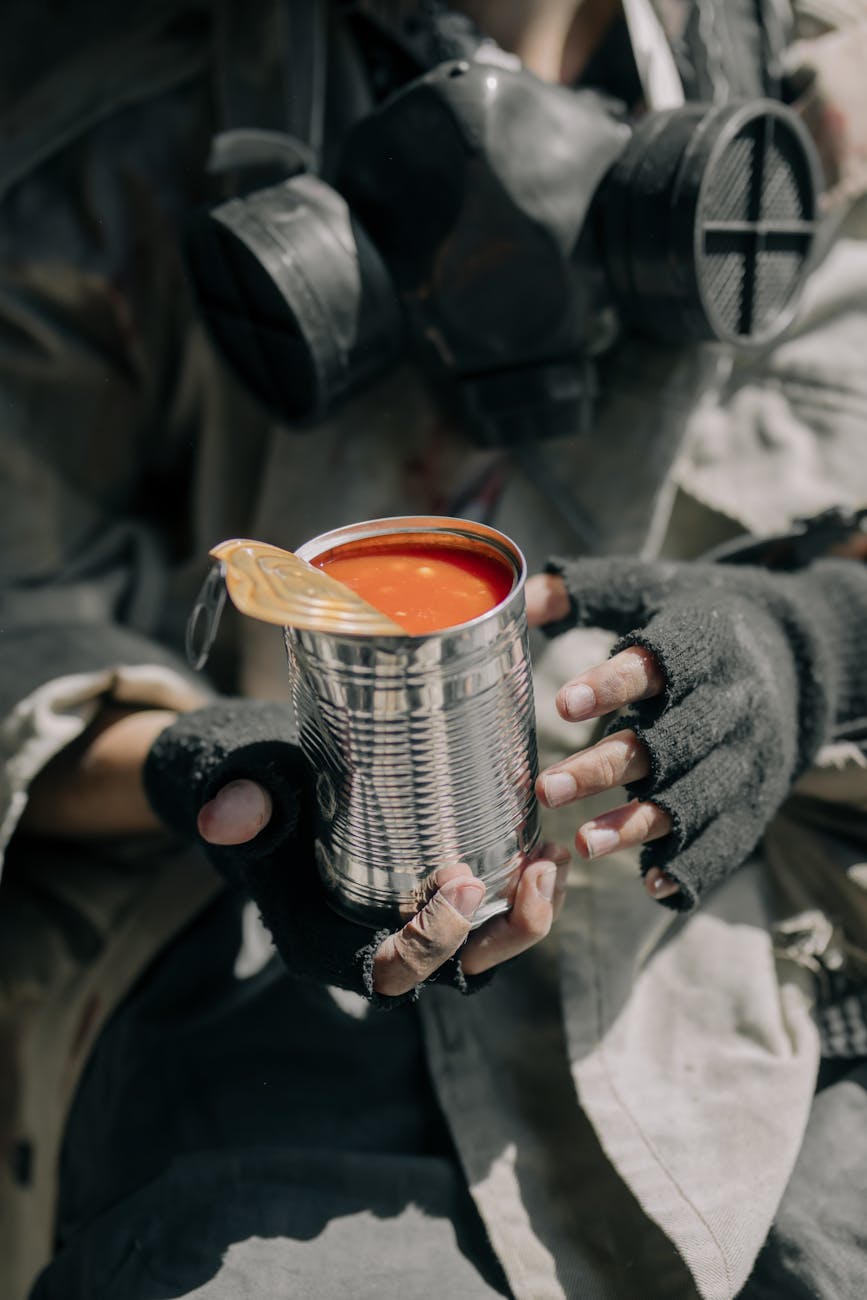
Survival skills are important for any family.
They give people the strength to face uncertainties with confidence, helping them protect their loved ones and handle any challenges that arise.
1. Identify Important Survival Skills
When you start learning survival skills, understanding the basics is your first step.
Knowing which skills are most important in a survival situation can mean the difference between life and death. Basic yet essential abilities such as finding and purifying water, building a shelter and making fire are crucial for staying hydrated, warm and protected.
Equally important is developing a good sense of direction and first aid. By mastering these skills, you can avoid getting lost and handle medical emergencies, two major threats in the wilderness.
Finally, embracing mental strength is vital. In stressful situations, staying calm and composed can greatly increase your chances of survival, showing the importance of training that covers both physical and mental preparations.
2. Build a Transportable Survival Kit
Creating a portable survival kit is a crucial step toward being prepared and self-sufficient.
A well-stocked, easy-to-carry survival kit is a prepper’s best friend during emergencies, allowing them to respond quickly and efficiently to unexpected situations. This kit, designed for portability, ensures that someone can carry enough supplies to sustain themselves without being bogged down by unnecessary weight. The focus on compactness emphasizes the strategic choice of high-utility items that maximize function while minimizing bulk. These are sometimes called go bags, or bug out bags.
They should focus on a versatile mix of items for their kits. By including basics such as multi-tools, survival food, water purifiers, fire starters, and first aid essentials, they ensure they are ready for a variety of scenarios, providing peace of mind and a sense of security.
Regularly reassessing and updating one’s survival kit is also important. As new technologies come out and personal circumstances change, it’s wise to periodically review and update the contents of the kit. This proactive approach ensures continued efficiency and relevance, strengthening their preparedness for an ever-changing array of potential survival challenges.
3. Master Primitive Fire Starting

Mastering primitive fire starting is an invaluable survival skill that boosts self-sufficiency and goes beyond mere convenience.
Start by practicing traditional methods such as the bow drill, hand drill, and flint-and-steel techniques. These methods can be challenging at first, but they will give you the confidence and ability to create fire without modern tools, which is essential in unexpected wilderness situations.
Patience is key in this practice. Perfecting these ancient techniques builds perseverance and helps you stay calm under pressure, strengthening your overall survival mindset.
By diligently refining your primitive fire-starting skills, you add a vital component to your survival toolkit. This mastery not only prepares you for unforeseen emergencies but also empowers you with the knowledge that you can create warmth, cook food, and signal for help under adverse conditions.
4. Find and Purify Water
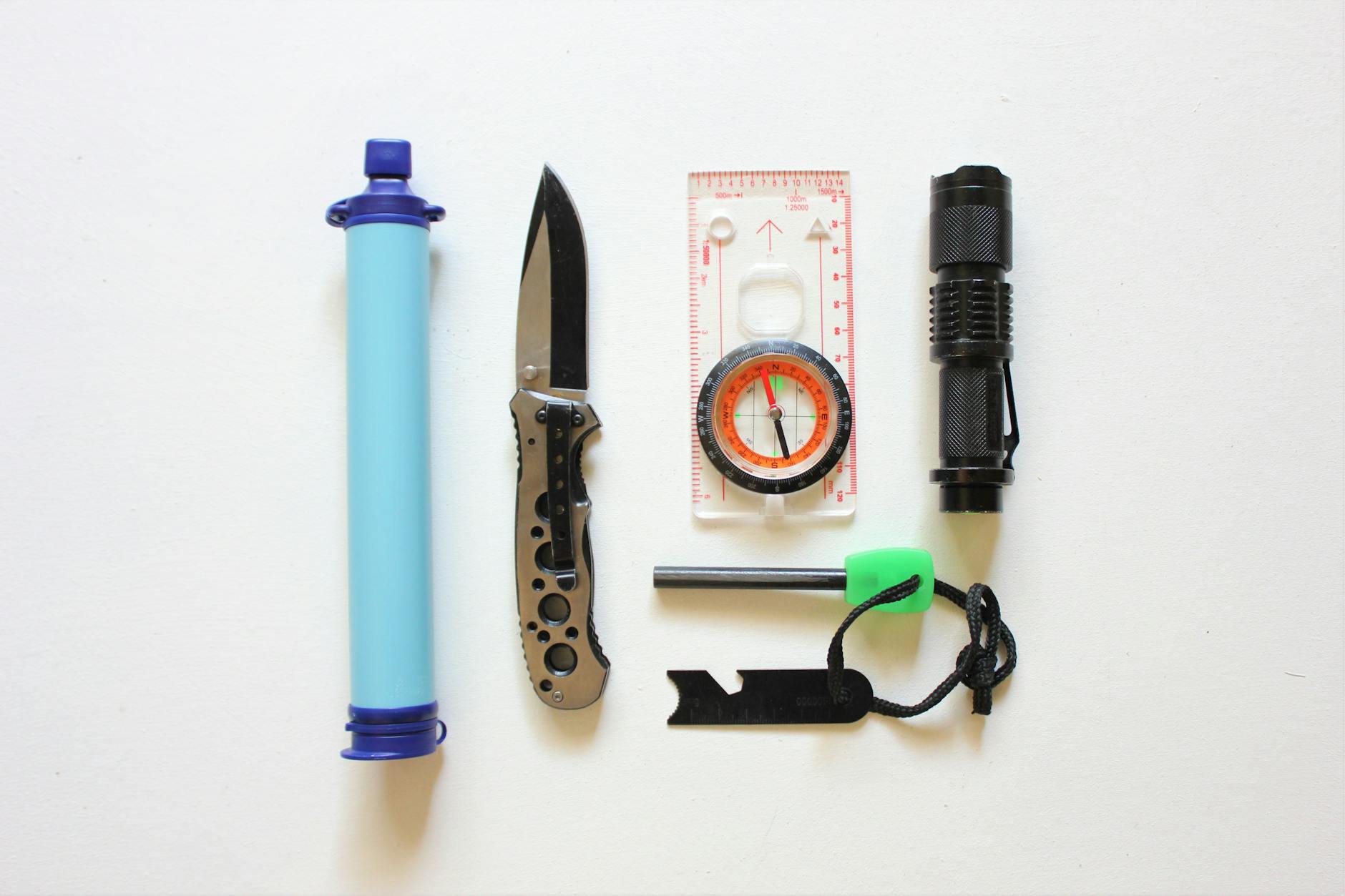
Securing a steady source of water is essential, as staying hydrated is at the core of survival skills and is a non-negotiable necessity for sustaining life.
Outside of urban areas, finding natural water sources can be challenging. Rivers, lakes, and streams are common options, but they may be contaminated with harmful pathogens.
Collecting rainwater or dew can be effective ways to gather water, especially in places where larger bodies of water are scarce.
Once you find water, purifying it is absolutely essential to make it safe for drinking and protect your health from life-threatening illnesses caused by untreated water.
Mastering various purification techniques—such as boiling, using water purification tablets, or employing filtration systems—ensures you can stay hydrated and healthy, even in tough situations.
5. Procure Food in the Wild
A key part of survival skills is knowing how to find food in the wild.
Start by learning about the edible plants in your area. From hunting small game to foraging for berries, mastering these techniques can be a lifeline in tough situations, providing the nourishment and strength you need, along with the mental reassurance of staying fed.
Resourceful survivors keep a sharp eye on their surroundings, trained to spot signs of wildlife and know the seasonal availability of plants. In times of need, adaptability and knowledge help them make the most of nature’s offerings. Working with experienced survivalists, getting quality gear, or taking specialized courses can be invaluable for honing these essential skills.
6. Construct Temporary Shelters
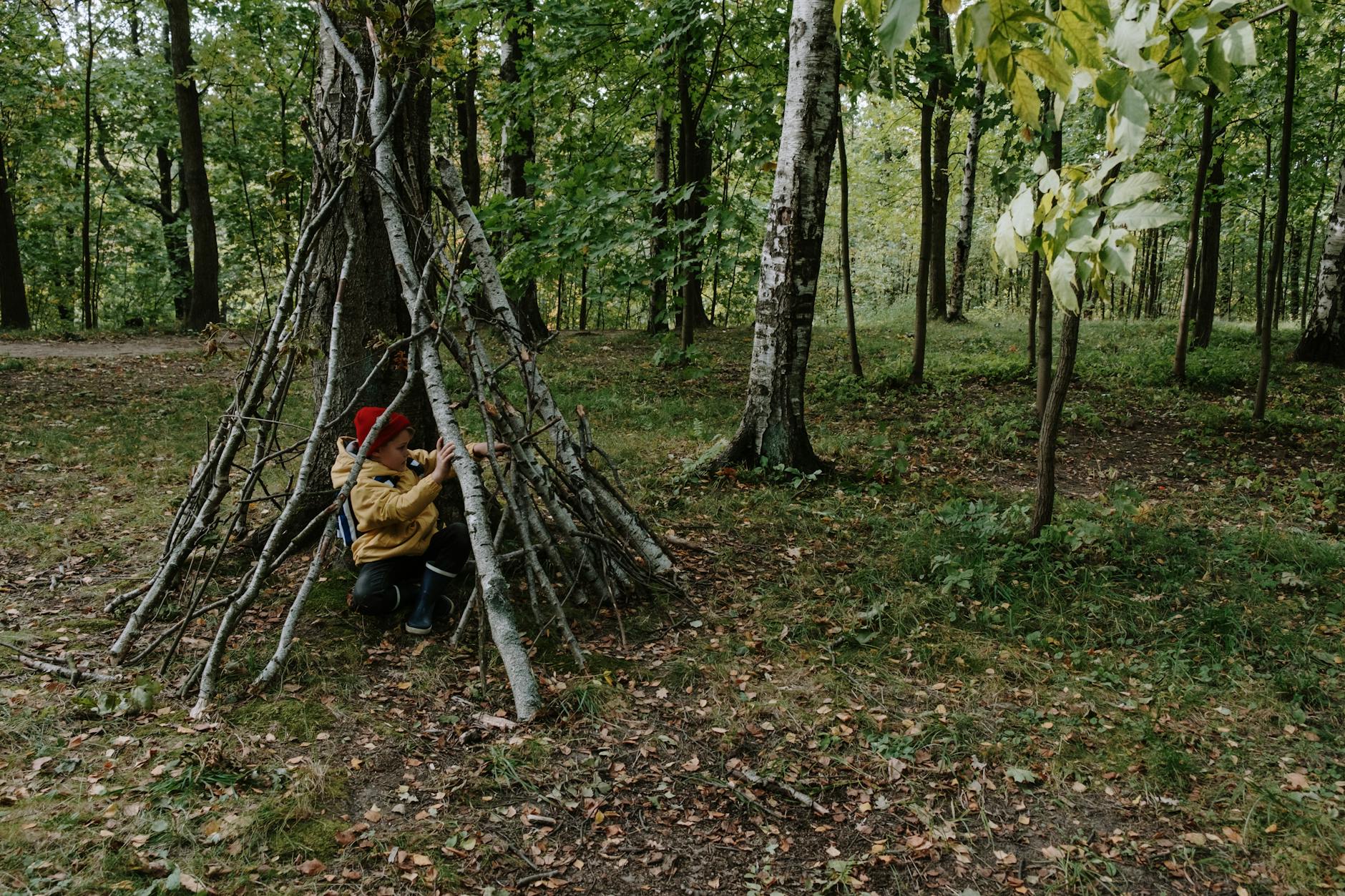
Learning how to build temporary shelters is vital for surviving in the wild. It provides protection from harsh weather and dangerous animals.
Start by getting familiar with the natural materials around you that can be used for building shelters.
When setting up a shelter, choose a safe and strategic location. Look for spots near water sources, with stable terrain, and overhead cover to shield you from the elements.
A resilient survivor knows the importance of being adaptable, able to create a shelter with whatever is available. Whether it’s a simple lean-to or a more complex debris hut, knowing how to build effective temporary structures is essential for enduring and thriving in unpredictable conditions.
7. Navigate Without a GPS
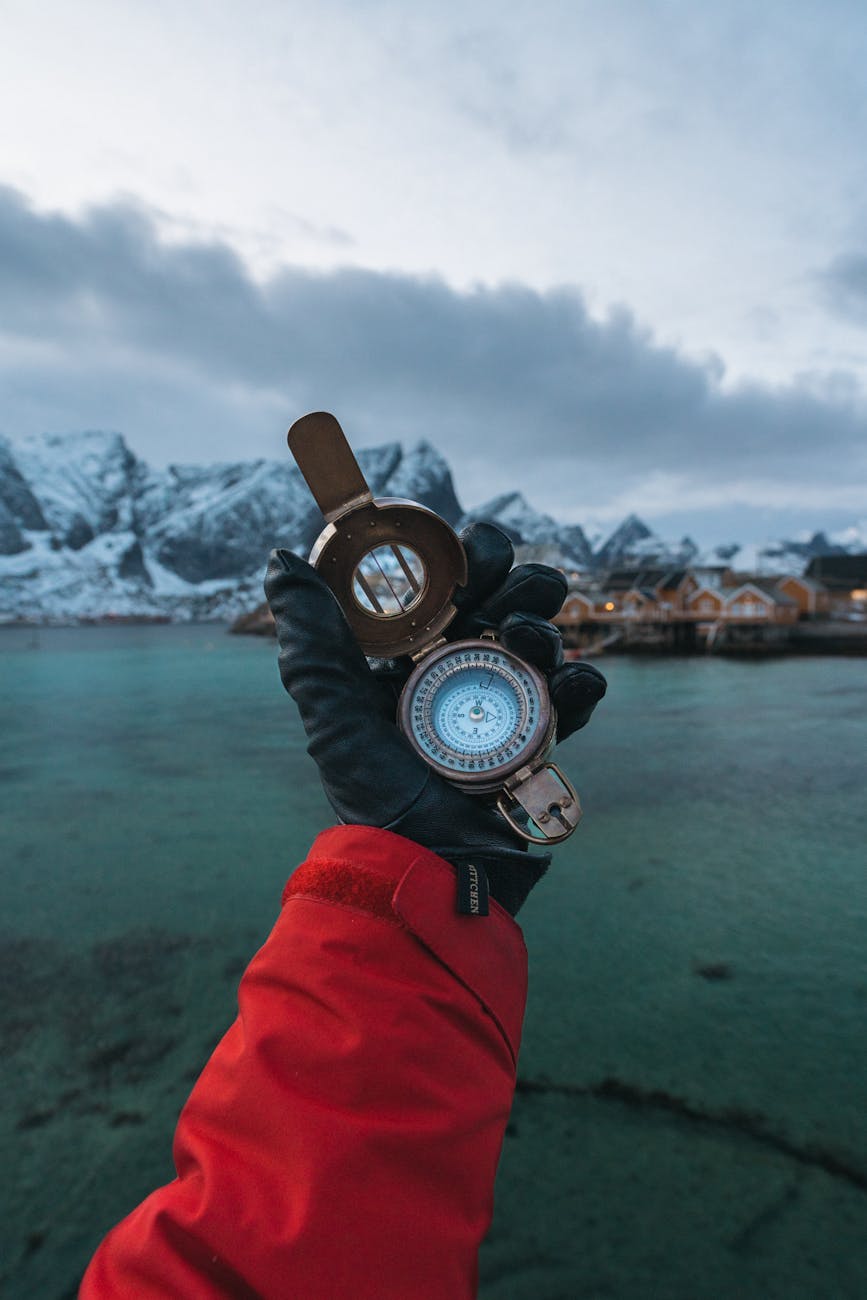
Learning to navigate without a GPS is a vital survival skill that can save lives. It reconnects you with nature, boosting your confidence and self-reliance as your journey to safety.
Using landmarks and celestial bodies can help you find your way. The sun rises in the east and sets in the west, providing a reliable reference point during the day. At night, the North Star, located in the constellation Ursa Minor, can guide you.
For those who know how to read topographic maps and use a compass, even unfamiliar terrain becomes manageable. This traditional method ensures you can find your way, even when modern technology fails, keeping you prepared for any unexpected situations.
8. Basic First Aid Techniques
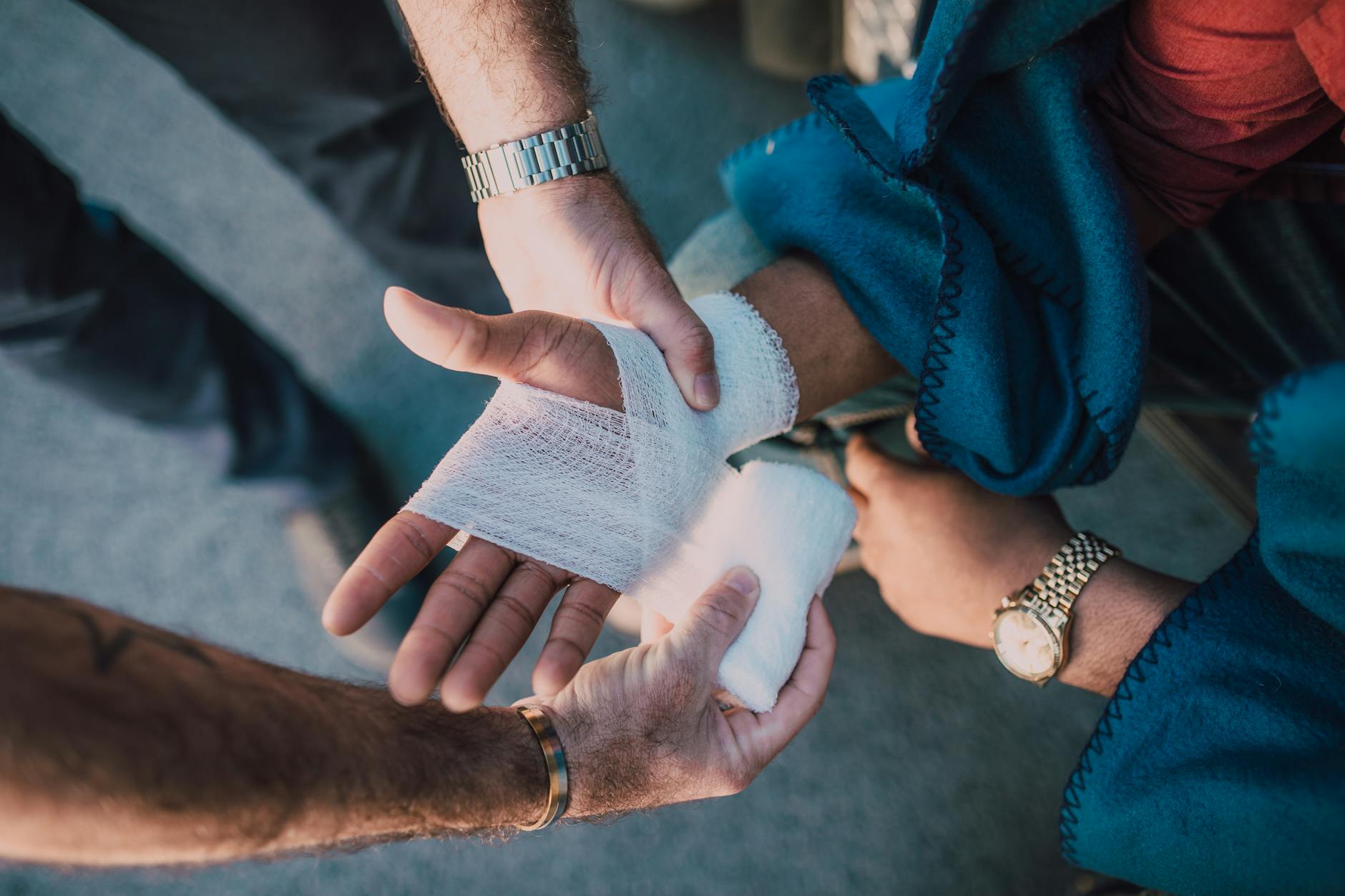
Basic first aid techniques are essential survival skills that everyone should know, as they can save lives in critical situations.
Knowing how to treat injuries right away can greatly reduce the risk of complications.
From treating minor cuts to performing CPR, these skills ensure you are prepared to handle emergencies. It’s important to understand how to control bleeding, apply bandages, and manage fractures.
Effective first aid can mean the difference between life and death, especially in remote or challenging conditions. Taking the time to learn these techniques, practicing them regularly, and keeping a well-stocked first aid kit are crucial steps toward being fully prepared. In such crises, your confidence and knowledge act as the “first responders” before professional help arrives.
9. Effective Communication Strategies

An essential part of survival skills is mastering effective communication, which can make a huge difference during emergencies.
Every family should have clear communication plans and protocols. When chaos strikes, having defined roles and channels ensures that everyone can relay information, coordinate actions, and provide support efficiently.
These strategies involve practicing both verbal and non-verbal communication. For instance, using hand signals can be crucial when noise is a risk or during power outages. Additionally, making sure everyone knows how to use a two-way radio can be vital for staying connected. In tough times, communication acts as the “lifeline” that keeps families together and boosts their chances of survival.
10. Manage Stress in Survival Situations
Stress in survival situations can be overwhelming.
Managing stress is a vital survival skill. The first step when facing overwhelming stress is to acknowledge it. Denial can lead to poor decisions and potentially dangerous actions. Instead, embrace your emotions and understand that stress is a natural response to uncertainty.
Controlled breathing can significantly reduce stress. By focusing on deep, rhythmic breaths—in through the nose, out through the mouth—you can help activate your parasympathetic nervous system, which naturally calms the body.
Another powerful tactic is to maintain perspective. In survival scenarios, stress levels can soar. It’s crucial to remember that a focused mind is a powerful tool. Staying optimistic and breaking down tasks into manageable steps can make a daunting situation more manageable. This enables clearer thinking and more effective actions, which are essential for overcoming challenges.
What are the 5 basic survival skills?
In the essence of survival, mastering key skills builds resilience and resourcefulness in emergencies.
First, the ability to make a shelter is indispensable. It ensures protection from the elements and provides a secure place to rest.
Equally important is the skill of finding and purifying water. Without water, survival is limited to mere days, making this a vital competency.
Fire-making not only offers warmth but also serves as a way to cook food, signal for help, and provide comfort during long nights.
Navigation skills are crucial for finding your way in unfamiliar terrain. Whether using a map and compass or natural landmarks, such proficiency ensures you stay oriented and on track.
Ultimately, mastering these fundamental survival skills equips you to face crises with confidence and poise.
What are the 7 steps to survival?
Survival in emergency situations requires both preparedness and adaptability. It starts with maintaining a calm mindset to ensure that panic doesn’t cloud your judgment.
Knowledge is the foundation; understanding the vital steps boosts confidence in tough times. First, identify any immediate dangers and prioritize safety. Always stay aware of your surroundings.
Next, focus on shelter to protect yourself from the elements. Whether it’s a natural shelter or something you build yourself, securing a safe place is essential. Hydration comes next; finding and purifying water sources is critical for your health.
Food becomes a priority only after securing water, shelter, and safety. Learn about local plants and animals, and have basic foraging and trapping knowledge. Seeking help is also important, so be familiar with signaling methods to attract rescuers.
Ultimately, moving from just surviving to thriving means staying positive, being resourceful, and continually improving your skills.Survival in emergency situations requires both preparedness and adaptability. It starts with maintaining a calm mindset to ensure that panic doesn’t cloud your judgment.
Knowledge is the foundation; understanding the vital steps boosts confidence in tough times. First, identify any immediate dangers and prioritize safety. Always stay aware of your surroundings.
Next, focus on shelter to protect yourself from the elements. Whether it’s a natural shelter or something you build yourself, securing a safe place is essential. Hydration comes next; finding and purifying water sources is critical for your health.
Food becomes a priority only after securing water, shelter, and safety. Learn about local plants and animals, and have basic foraging and trapping knowledge. Seeking help is also important, so be familiar with signaling methods to attract rescuers.
Ultimately, moving from just surviving to thriving means staying positive, being resourceful, and continually improving your skills.
What is the rule of 5 survival?
The rule of 5 survival outlines the key elements needed to endure various emergency scenarios. It helps people prioritize their actions and resources effectively.
First, shelter is essential for protection against environmental hazards. In severe weather, having a stable and insulated shelter can significantly increase your chances of survival.
Next, securing clean water is vital. Dehydration can set in quickly, so having a reliable source of drinkable water is crucial for maintaining health and energy.
Food comes third in this hierarchy. While you can survive longer without food than water, proper nutrition is important for sustaining physical and mental stamina during prolonged emergencies.
Fire is another critical skill. It provides warmth, allows you to cook food, and can be used to signal for help. Knowing how to start a fire can be a lifesaver in many survival situations.
Lastly, safety includes self-defense and first aid. Knowing how to protect yourself from threats and treat injuries can preserve life during critical periods.
By focusing on these five principles, you can prepare thoroughly and handle emergencies with confidence. Developing these survival skills builds resilience and enhances your ability to face unexpected challenges successfully.
How can I improve my survival skills?
Learning survival skills empowers people and families to face uncertain futures with confidence and resilience. Preparation and education help navigate life’s unpredictable challenges.
Start by understanding the basics of survival, focusing on essential needs such as shelter, water, fire, and food. Recognizing these priorities is the foundation of any survival plan.
It’s important to dedicate time to learning and practicing these skills. Knowledge alone isn’t enough; practical application truly prepares you for emergencies.
Investing in quality survival gear and supplies enhances your readiness. This ensures you are always equipped to handle unpredictable situations effectively.
Building a community of like-minded people can also be valuable. Sharing knowledge, resources, and supporting each other in times of need can be a great strength.
Ultimately, mastering survival skills is an ongoing process. Constant learning, adapting, and refining your abilities foster a resilient and self-reliant spirit, ready to face whatever challenges come your way.
How do I purify water?
Ensuring access to clean, potable water can be a critical part of any emergency preparedness plan. There are multiple effective methods to purify water, each suitable for different circumstances.
Boiling is one of the most reliable techniques, as it kills bacteria, viruses, and parasites. Bringing water to a rolling boil for at least one minute can eliminate most harmful microorganisms.
For those without access to heat, water purification tablets can serve as an efficient alternative. These tablets typically contain chlorine dioxide or iodine, which destroy pathogens within 30 minutes to 4 hours, depending on the brand and water temperature.
Another method involves using a portable water filter. These filters remove contaminants through a physical barrier, activated carbon, or a chemical process. They are ideal for outdoor excursions and come in various forms, such as straws or pump systems.
Finally, the use of ultraviolet purifiers can also be highly effective. By emitting UV light, these purifiers neutralize bacteria and viruses, ensuring that the water is safe to drink.
How do I start a fire?
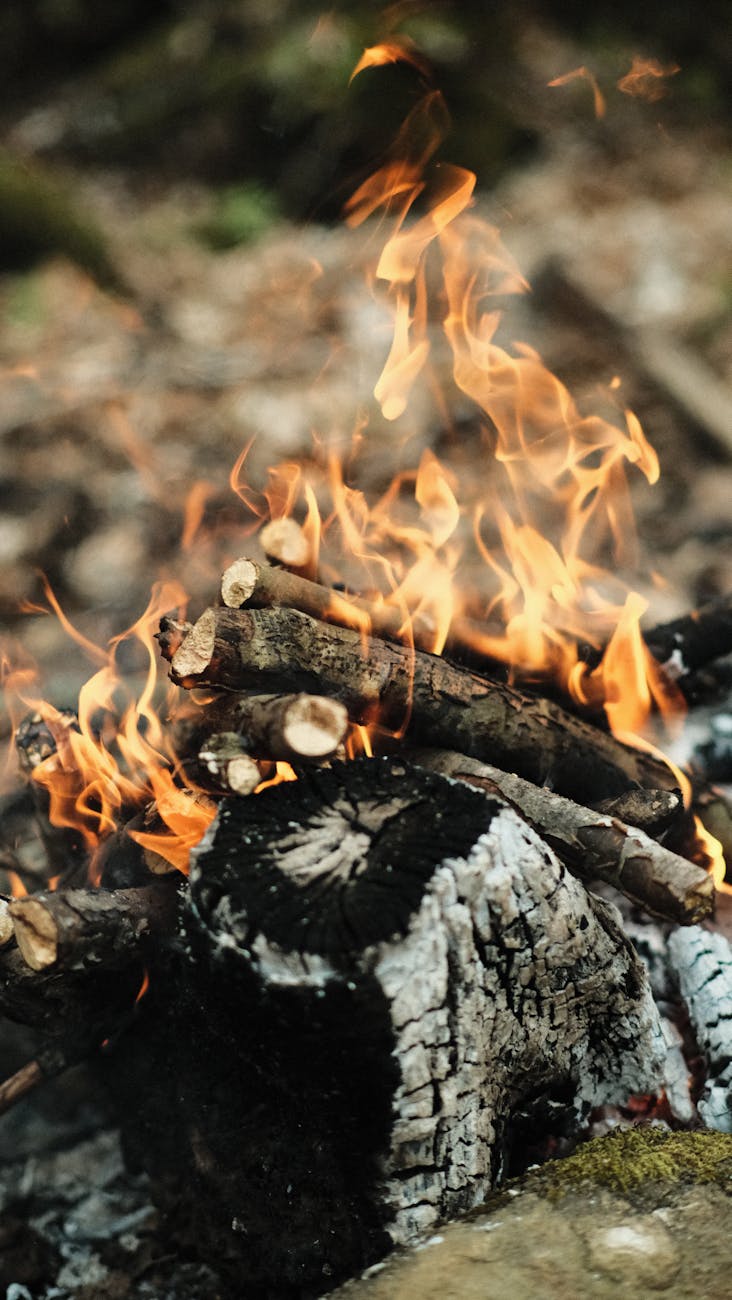
Creative methods to ignite flames can save lives in difficult situations. Understanding various techniques can boost your confidence.
One popular way to create fire is by using flint and steel. Striking these together produces sparks that, when combined with dry tinder, can quickly start a reliable fire, even in damp conditions. This method blends tradition with practicality in survival skills.
For a more modern approach, consider waterproof matches or a dependable fire starter gel. These options are designed to ignite easily and sustain flames, which is essential during emergencies. Whether through ancient methods or contemporary tools, mastering fire-starting techniques empowers you to face the unexpected with greater assurance.
How do I signal for rescue?
Mastering the art of signaling can mean the difference between being found and enduring prolonged isolation. Choosing the right tools and techniques boosts confidence and ensures preparedness.
Start with knowledge of various signaling devices. Reflective mirrors, flare guns, and brightly colored clothing or materials are essential items. Each tool plays a unique role, increasing visibility to rescuers whether by land, sea, or air.
In emergency scenarios, effectiveness comes from using signaling techniques properly. Creating signals in groups of three, such as three fires or three blasts of a whistle, universally indicates distress. This recognizable pattern catches the attention of searchers more effectively than random signals.
Training in these skills boosts survival odds and instills a sense of assurance. Whether practicing smoke signals, mastering Morse code with light sources, or constructing large ground markers, diligent preparation ensures that everyone has the best chance. Equipped with this knowledge, families can face emergencies with hope and resilience.
What plants are edible?
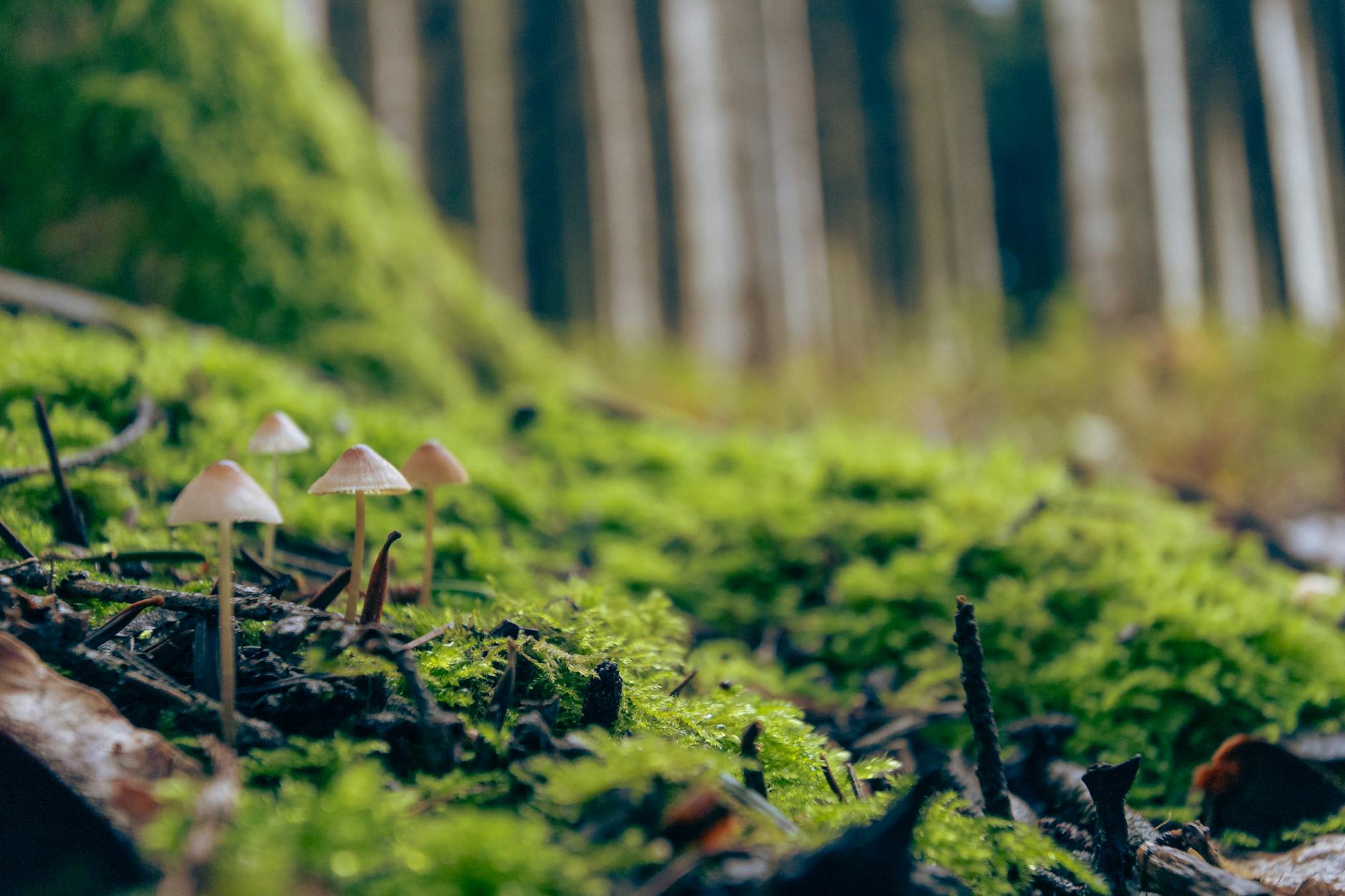
Survival in the wilderness often depends on the ability to identify and use edible plants. Each plant offers unique nutritional benefits, making them vital resources.
Dandelions are some of the most recognizable and accessible plants. Every part of this resilient plant, from the roots to the flowers, can be consumed. They are rich in vitamins A, C, and K, as well as minerals like calcium.
Cattails, often found near water bodies, provide an abundance of edible parts. While the young shoots, known as “Cossack asparagus,” are delightful when boiled, the roots can be used to create flour. Native grasses such as clover and wild garlic can offer sustenance in a pinch.
Moreover, acorns from oak trees, once properly leached of their tannins, serve as a valuable food source. They can be ground into flour or eaten as nuts. Knowing how to correctly identify and process these plants can be the difference between thriving and merely surviving.
When should you build shelter?
In a survival situation, the decision to build a shelter should be made promptly and with thoughtful consideration. Recognizing the signs of potential danger early is crucial.
Weather changes, such as sudden drops in temperature, can signal the need for immediate action.
When daylight begins to wane, constructing a shelter becomes increasingly urgent. Adequate preparation ensures safety and conserves energy for the following day.
Choosing the correct location is vital for shelter efficacy. Located away from hazards like rivers or unstable trees, the site should offer natural protection. Flammable materials for warmth and coverage from the elements should be readily available. This timely intervention in shelter building can significantly increase the chances of withstanding harsh conditions.
Should one prioritize food hunting?
When considering survival scenarios, acquiring food naturally emerges as a fundamental priority. They must understand the importance of procuring nourishment to sustain energy and maintain morale.
Hunting presents a viable option for many. It demands knowledge, skill, and patience.
Before pursuing this method, it’s crucial to evaluate one’s environment and available resources. Abundant wildlife can make hunting a more practical undertaking.
Conversely, in areas lacking game, alternative strategies may prove more effective, such as foraging or fishing. Preparedness hinges on adapting to local conditions and leveraging their strengths in various situations. Embracing diverse survival skills will ensure they remain resilient, versatile, and ready to thrive regardless of circumstances.
Leave a Reply